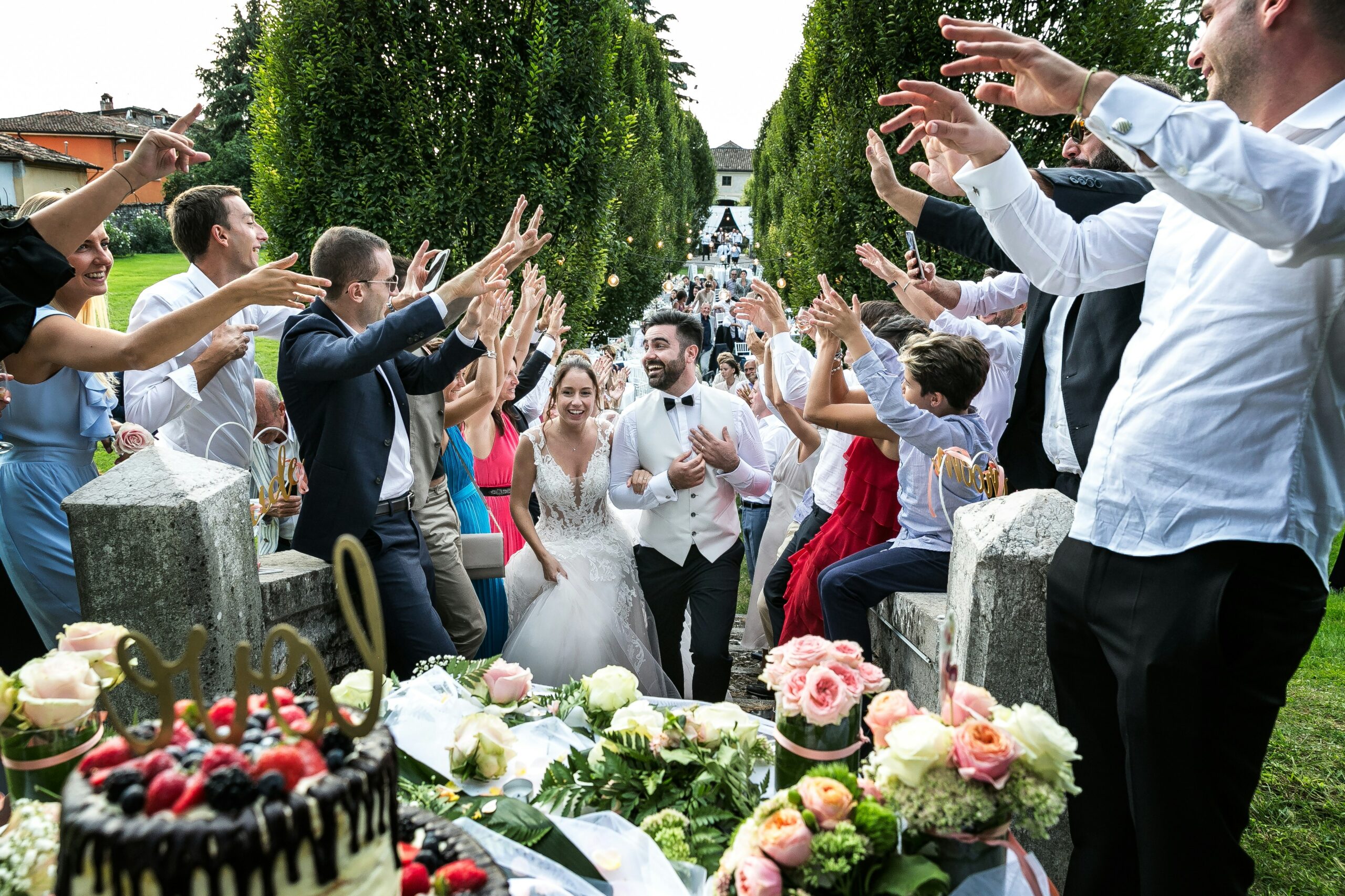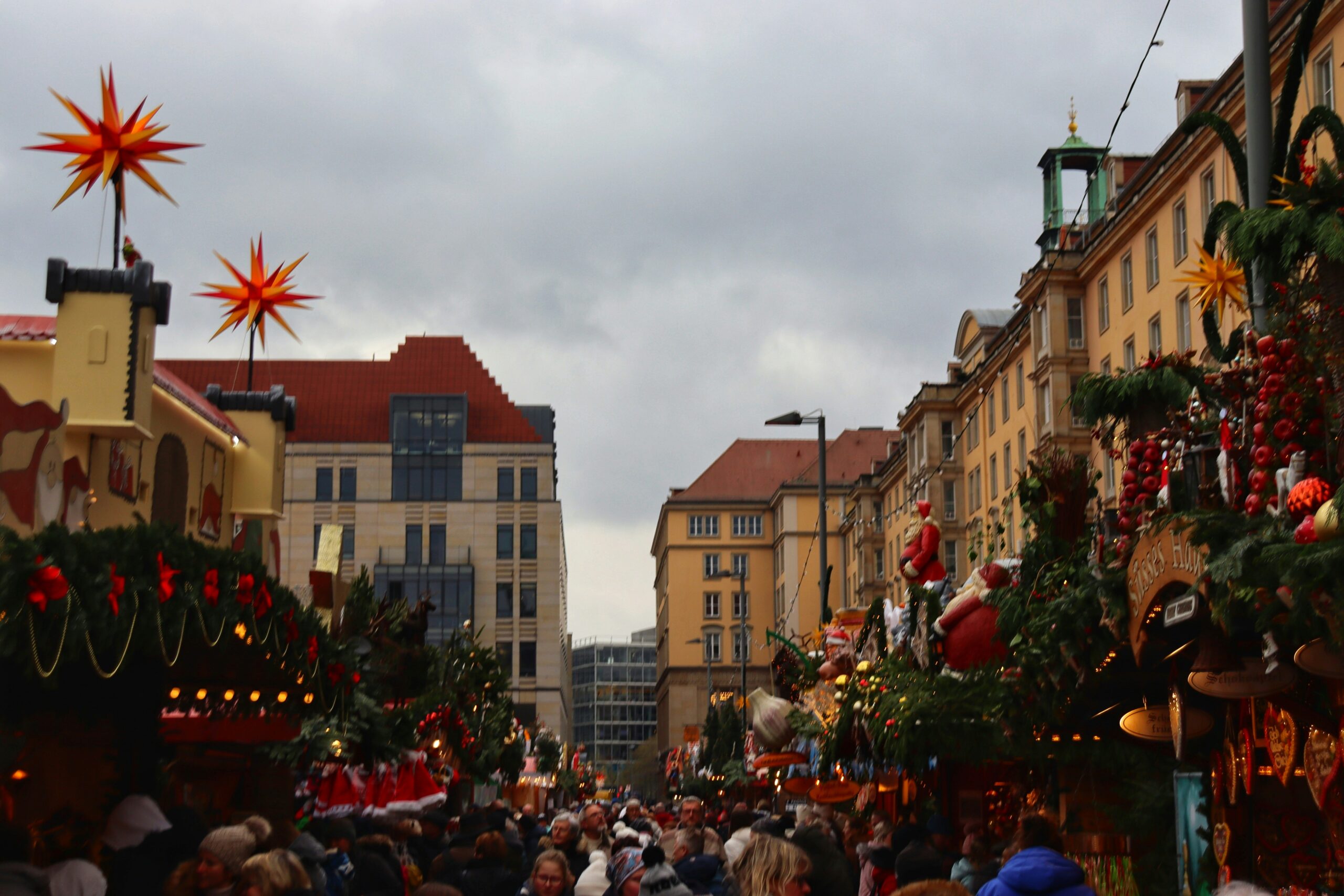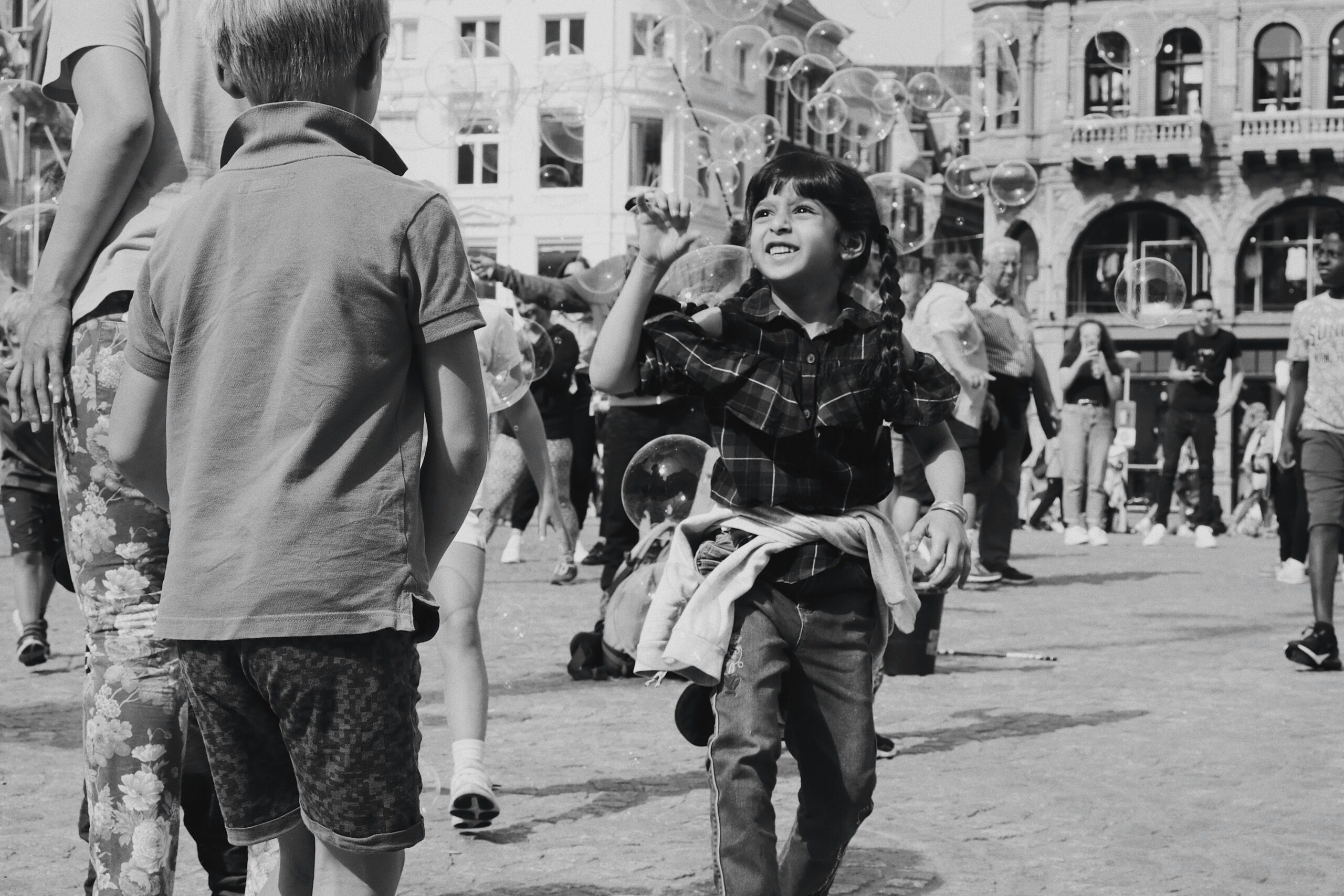German New Year Traditions | A Festive Blend of History, Food, and Fun
German New Year Traditions | A Festive Blend of History, Food, and Fun
New Year’s Eve in Germany, known as Silvester, is one of the most exciting and festive nights of the year. From lively parties and unique superstitions to traditional foods and historical customs, German New Year celebrations are full of charm and meaning. Whether you’re a tourist looking to experience Silvester in Germany, a food lover eager to try festive delicacies, or a history buff fascinated by old traditions, this guide will give you a deep dive into German New Year customs.
The Name “Silvester” – Why Do Germans Call It That?
Unlike many countries that simply refer to it as New Year’s Eve, Germans call December 31st “Silvester”, named after Pope Sylvester I, who died on this day in 335 AD. Over time, his feast day became associated with end-of-year celebrations, and today, Silvester and New Year’s Eve are synonymous in Germany.
How Germans Celebrate New Year’s Eve (Silvester)
New Year’s Eve in Germany is all about gathering with family and friends, eating delicious food, setting off fireworks, and following quirky traditions believed to bring good luck for the year ahead. Here’s how Germans typically celebrate:
- Fireworks and Midnight Celebrations
- As the clock strikes midnight on December 31st, Germany lights up with spectacular fireworks displays.
- The biggest and most famous fireworks take place at Brandenburg Gate in Berlin, attracting thousands of people every year.
- Many Germans set off their own fireworks in the streets, creating an electric atmosphere of noise and color.
- Toasting with Sekt (German Sparkling Wine)
- A German New Year’s celebration is incomplete without a toast of Sekt, Germany’s version of champagne.
- Families and friends raise their glasses and say “Prosit Neujahr!” (Cheers to the New Year!).
- “Dinner for One” – A New Year’s Eve Classic
- One of the most bizarre but beloved traditions in Germany is watching the British comedy sketch “Dinner for One”.
- Despite being in English and virtually unknown in the UK, this short film has been aired on German TV every New Year’s Eve since 1963.
- It’s about an elderly woman celebrating her 90th birthday with an imaginary group of friends, while her butler (played by Freddie Frinton) drinks all their toasts—leading to hilarious results.
Traditional German New Year’s Foods
Food plays a huge role in German Silvester celebrations, and there are several dishes believed to bring good luck for the year ahead.
- Raclette and Fondue – A Cozy Meal for New Year’s Eve
- Raclette and fondue have become incredibly popular for New Year’s Eve dinners.
- Raclette involves melting cheese and pouring it over potatoes, bread, and vegetables, while fondue consists of dipping bread into a hot pot of melted cheese.
- These meals encourage long, social dining experiences, perfect for New Year’s gatherings.
- Berliners (Pfannkuchen) – The Lucky Doughnuts
- Berliners, also called Pfannkuchen, are traditional German jam-filled doughnuts eaten on New Year’s Eve.
- A fun prank involves filling one Berliner with mustard instead of jam, leading to hilarious reactions.
- Herring and Lentils – Symbols of Prosperity
- Many Germans eat pickled herring at midnight, believing it brings good luck and wealth in the new year.
- Eating lentil soup (Linsensuppe) is also considered lucky, as lentils resemble coins and symbolize financial prosperity.
German New Year’s Superstitions and Fortune-Telling Traditions
Germany is full of New Year’s Eve superstitions and fortune-telling customs that people follow to predict their fate for the upcoming year.
- Bleigießen – Pouring Lead to Predict the Future
- One of the most famous German fortune-telling traditions is Bleigießen (lead pouring).
- People melt small pieces of lead over a candle, then drop them into cold water.
- The shape of the cooled metal is interpreted as a sign of what the new year will bring.
- Example interpretations:
- A heart → Love awaits you!
- A ship → You’ll go on a journey.
- A ring → A wedding might be in your future!
- Note: Due to environmental concerns, lead pouring has been replaced with Wax Pouring (Wachsgießen) in recent years.
- First Visitor of the Year – Good or Bad Luck?
- Germans believe that the first person to enter your home after midnight can bring good or bad luck.
- A tall, dark-haired man is said to bring good fortune, while a blonde woman might bring bad luck!
New Year’s Day (Neujahr) – A Fresh Start
After a night of partying and celebration, New Year’s Day (Neujahr) is a quieter affair.
- Many Germans sleep in late and enjoy a relaxed breakfast with leftover Berliners and coffee.
- Some people go on a New Year’s Day walk (Neujahrsspaziergang) in nature to start the year fresh.
- New Year’s resolutions (Neujahrsvorsätze) are discussed, though, like in other countries, they often don’t last very long!
Conclusion: Experience the Magic of a German New Year’s Eve
Germany’s New Year traditions are a perfect blend of fun, superstition, delicious food, and lively celebrations. Whether you’re watching fireworks at Brandenburg Gate, enjoying a cozy raclette dinner, laughing at “Dinner for One,” or predicting your future with wax pouring, Silvester in Germany is an unforgettable experience.
If you ever get the chance to celebrate New Year’s Eve in Germany, embrace the traditions, toast with a glass of Sekt, and wish everyone around you a heartfelt “Frohes Neues Jahr!” (Happy New Year!) 🎆🍾🥂



